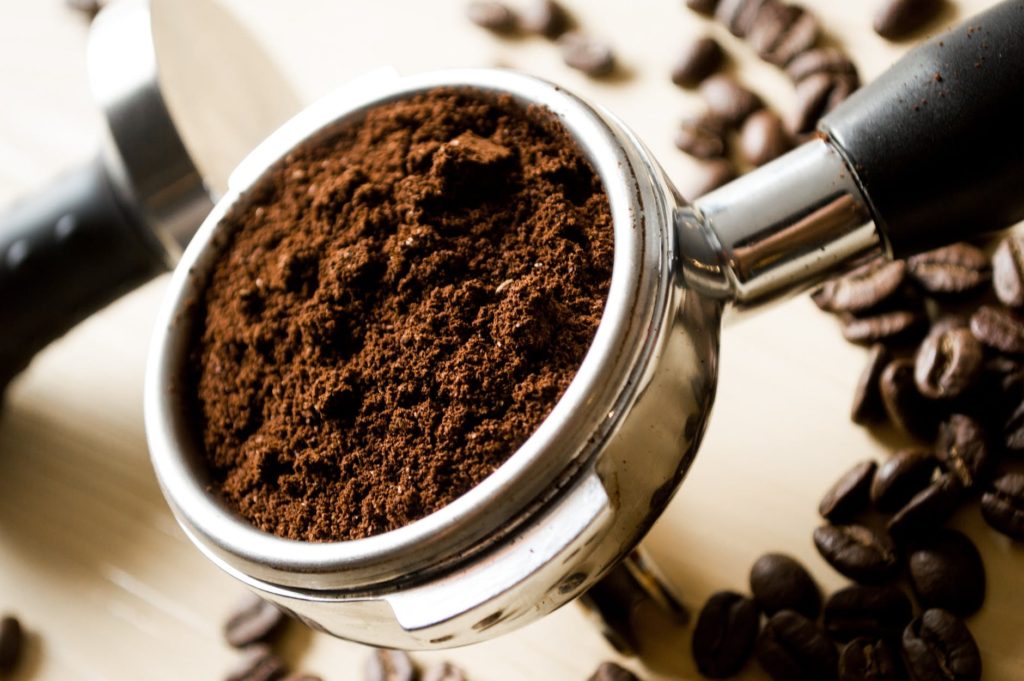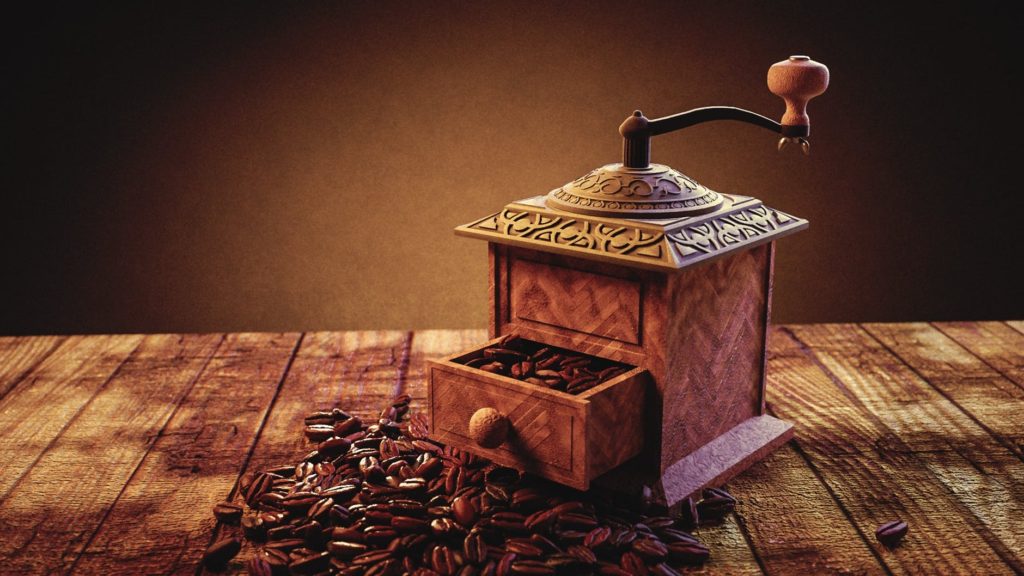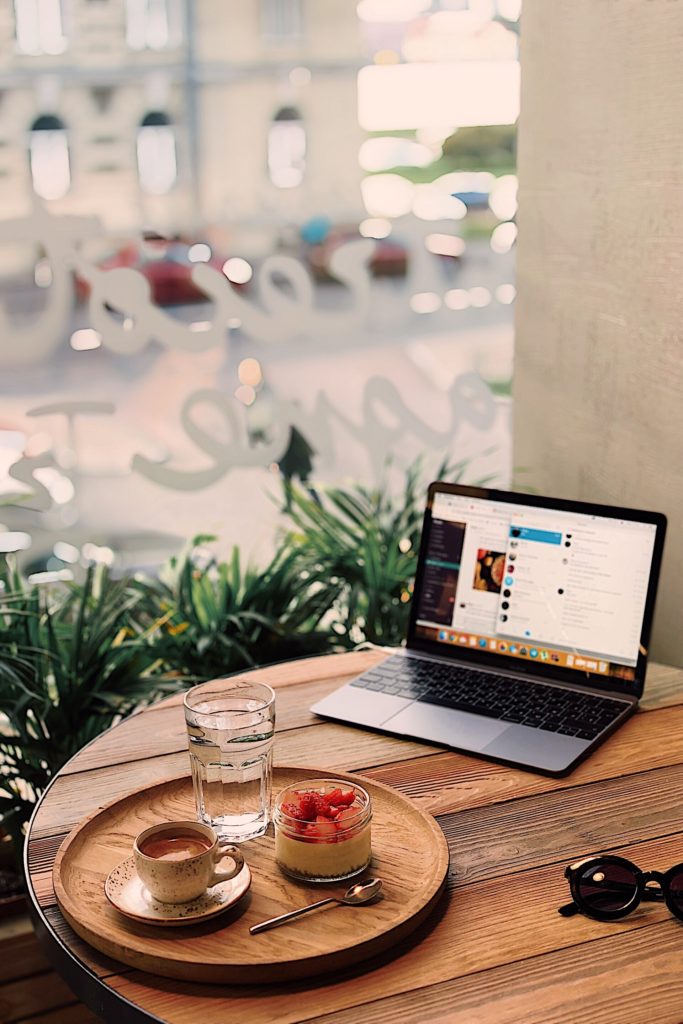1: Buy Fresh Beans
Without question, coffee is best when used within days of being roasted. Buying from a local roaster is the surest way to get the absolute freshest beans. Be wary of buying bulk coffee from supermarket display bins. Oxygen and bright light are the worst flavor busters for roasted beans, so unless the store is conscientious about selling fresh coffee, the storage tubes get coated with coffee oils, which turn rancid. Coffee beans packaged by quality-conscious roasters and sold in sturdy, vacuum-sealed bags are often a better bet.
2: Keep Coffee Beans Fresh
Always store opened coffee beans in an airtight container. Glass canning jars or ceramic storage crocks with rubber-gasket seals are good choices. Never refrigerate. Flavor experts strongly advise against ever freezing coffee, especially dark roasts. Optimally, buy a 5- to 7-day supply of fresh beans at a time and keep at room temperature.
3: Choose Good Coffee
Snobbism among coffee drinkers can rival that of wine drinkers, but the fact is that an astonishing world of coffee tastes awaits anyone willing to venture beyond mass-marketed commercial brands. Specialty coffees that clearly state the country, region or estate of origin can provide a lifetime of tasting experiences. There are two major beans on the market—Arabica and Robusta. Arabica beans are more widely produced, have a wider range of flavors and are generally considered the “better bean.” By all means look for 100% pure Arabica beans. The cheap alternatives may contain Robusta beans, noted for their higher caffeine content but harsh flavors. “Nasty” is a term commonly linked to Robusta coffees by Arabica devotees.

4. Grind Your Own
Coffee starts losing quality almost immediately upon grinding. The best-tasting brews are made from beans ground just before brewing. Coffee connoisseurs prefer to grind in expensive burr mills, but affordable electric “whirly blade” grinders will do a serviceable job, especially if the mill is rocked during grinding to get a fine, even particle size
5. Use Good Water
Nothing can ruin a pot of coffee more surely than tap water with chlorine or off-flavors. Serious coffee lovers use bottled spring water or activated-charcoal/carbon filters on their taps. Note: Softened or distilled water makes terrible coffee—the minerals in good water are essential.
6. Avoid Cheap Filters
Bargain-priced paper coffee filters yield inferior coffee, according to the experts. Look for “oxygen-bleached” or “dioxin-free” paper filters. Alternatively, you may wish to invest in a long-lived gold-plated filter. These are reputed to deliver maximum flavor, but may let sediment through if the coffee is ground too finely.

7. Don’t Skimp on the Coffee
The standard measure for brewing coffee of proper strength is 2 level tablespoons per 6-ounce cup or about 2 3/4 tablespoons per 8-ounce cup. Tricks like using less coffee and hotter water to extract more cups per pound tend to make for bitter brews.
8. Beware the Heat
Water that is too hot will extract compounds in the coffee that are bitter rather than pleasant. The proper brewing temperature is 200°F, or about 45 seconds off a full boil. Once brewed, don’t expect coffee to hold its best flavors for long. Reheating, boiling or prolonged holding on a warming platform will turn even the best coffee bitter and foul-tasting.

9. Keep Your Equipment Clean
Clean storage containers and grinders every few weeks to remove any oily buildup. At least monthly, run a strong solution of vinegar or specialty coffee-equipment cleaner through your coffeemaker to dissolve away any mineral deposits. Rinse thoroughly before reuse.

